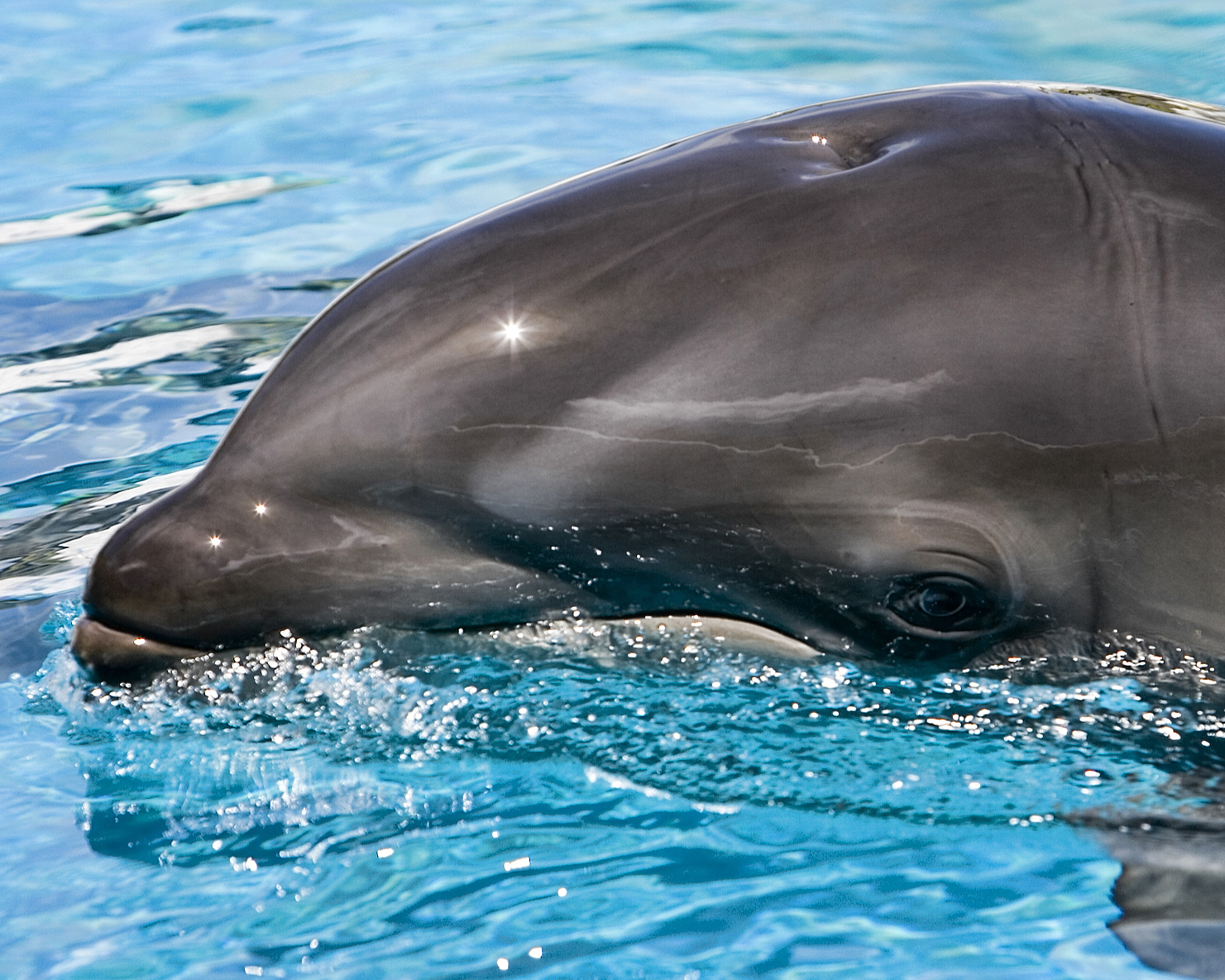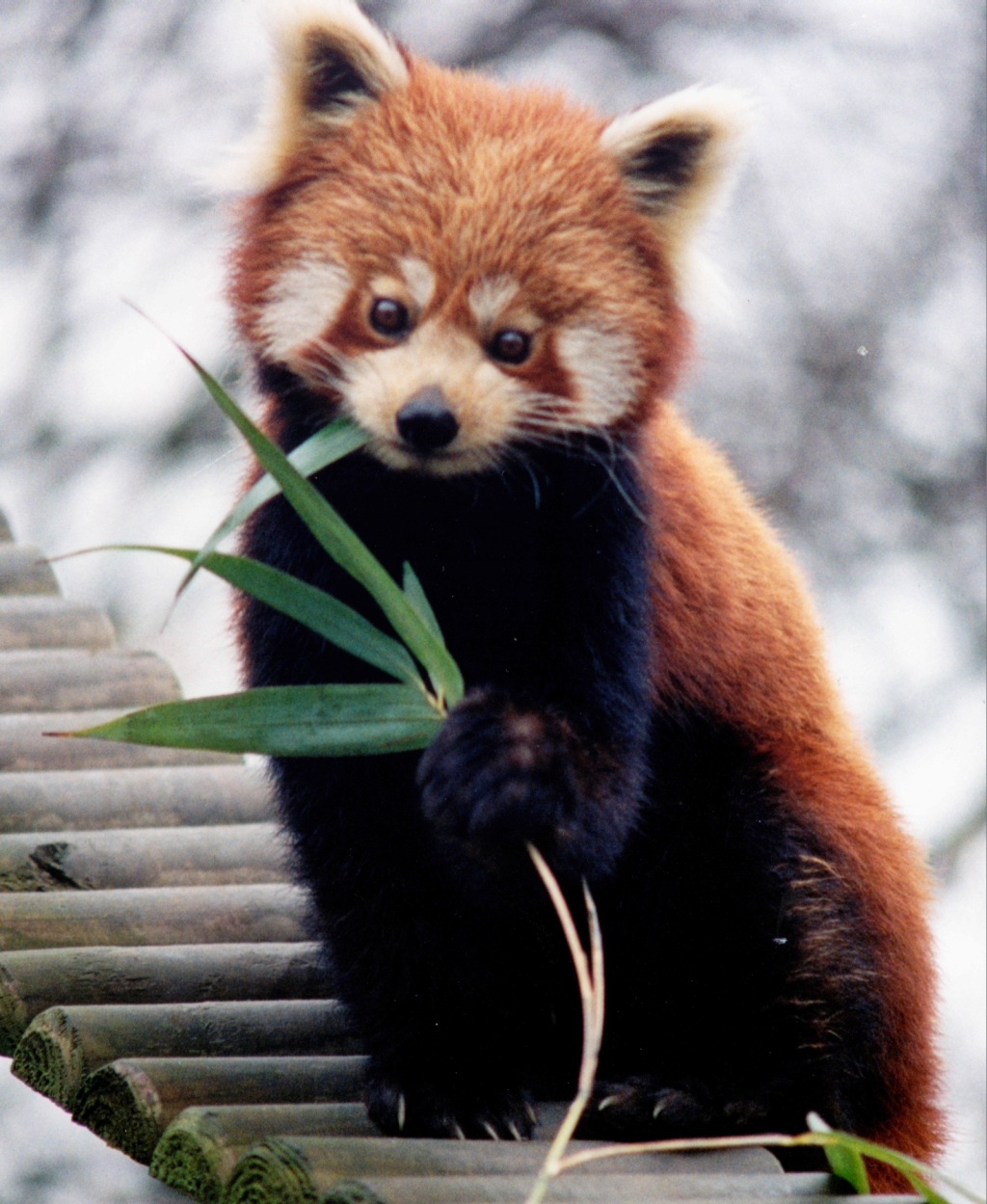 |
| Star-nosed mole |
Compiled here is a short list of some of the strangest animals on the planet. Some of them are cute, some of them are ugly and some of them are downright scary looking. All of these creatures have one thing in common. They are unique.
The Star-Nosed Mole (condylura cristata)
The Star-Nosed Mole is a small creature that is found in parts of Canada and in the Northeastern United States. They are covered in blackish-brown fur and grow to be between 5.9 to 7.8 inches in length. They weigh less than two ounces. They live in low wetland areas and forage for their food in tunnels that they dig near streams and ponds.
The Star-Nosed Mole is a very minuscule mammal with one very strange feature. This animal has twenty-two fleshy pink tentacles that protrude from its snout. Because the Star-Nosed Mole is functionally blind, scientists believe that the creepy pink tentacles are used for finding food. How they work is not currently known.
 |
Axolotl
Photo by Orizatriz |
The Mexican Walking Fish (axolotl)
The Mexican Walking Fish is actually not a fish at all but a salamander that is closely related to the Tiger Salamander. These creatures, when healthy, are bright pink or orange in color. They grow to be around 9 inches long and can only be found in Lake Xochimilco in Mexico or in captivity. They are listed as critically endangered.
These salamanders very rarely leave the water and spend most of their time walking on four legs at the bottom of the lake. This is probably the reason for the misnomer. Three sets of gill stalks jut out from the back of this creatures head, giving the Mexican Walking Fish a very odd appearance. They also have very long thin digits on their feet which add to the effect. Though all in all Mexican Walking Fish, are actually very cute.
 |
Leafy sea dragon
Photo by dro!d |
The Leafy Sea Dragon (phycodurus eques)
The Leafy Sea Dragon is a cousin of the sea horse. They can be found in the waters around Southern and Western Australia. They grow to be about 11.5 inches long and they feed on smaller fish and plankton.
Leafy Sea Dragons have the same general body shape as that of the seahorse. Like the seahorse they have long snouts and no teeth. The resemblance ends there. This ocean creature has fleshy appendages that grow out of its entire body. These appendages have the shape, color and appearance of seaweed. Although once you realize that they are not clumps of seaweed they are actually quite beautiful.
 |
Red Panda
Photo by ltshears |
The Red Panda (ailurus fulgens)
The Red Panda is an omnivorous mammal found in mountainous regions in certain parts of Asia. They eat mostly bamboo and spend most of their time up in trees. They live in mountains at altitudes between 5,905 feet and 15,748 feet.
Red Pandas bodies are around 19 inches in length and they have long tails that are between one and two feet long. They weigh around 11 pounds.
Red Pandas are covered in long, soft, red and black fur. The fur on their feet and stomachs is black while the fur on their back, head and tail is red. They have unique white and light brown markings on their faces and their tails have six rings that are a lighter shade of red than the rest of their bodies.
These animals are very cute and really not that odd-looking. What makes the Red Panda unique is that they are not actually pandas, they look like red raccoons but they are not. They are actually the only living example of the Ailuridae family on Earth.
 |
Aye Aye
Photo by Dr. Mirko Junge |
The Aye-Aye (daubentonia madagascariensis)
The Aye-aye is a smallish primate that lives in the deciduous forests and rainforests in eastern Madagascar. The length of their body and head can grow to be about 13 inches in length and their tails can grow to be around 17 inches in length. An adult Aye-Aye only weighs around 5.5 pounds.
Aye-ayes are a combination of creepy and comical in appearance. In adulthood they are covered in black or brown fur and they possess very rodent-like features. Their eyes are bright yellow and quite round. Their overly large ears have a shape that is reminiscent of the ears of a cat.
The strangest feature of the Aye-aye is its middle finger, which can grow to be three times longer than its other digits. Natives of Madagascar believe that if an Aye-aye points its middle finger at a person then that person is doomed to die soon. Supposedly the only way to counteract its evil is to kill the offending primate.
 |
Evolution of the Anglerfish
Photo by Masaki Miya |
The Female Humpbacked Anglerfish (melanocetus johnsonii)
The Humpbacked Anglerfish is a deep-sea Anglerfish that dwells in moderate to tropical ocean waters at a depth of about 6,600 feet. The female Humpbacked Anglerfish grows to about 20 inches in length and has a rather formidable appearance. Her male counterpart only grows to be about an inch long.
Female Humpbacked Anglerfish are some of the scariest looking creatures on Earth. Their jaws are huge in relation to their bodies and are filled with sharp needle-like teeth. These teeth can fold back into her mouth when she swallows prey. The strangest feature of the female Humpbacked Anglerfish is a long finger-like fin that protrudes from her head and dangles near her mouth. This fin is used to lure in her prey.
These are only some of the strange creatures to be found here on Earth. There are many more out there that are truly amazing. Some are still waiting to be discovered.
Sources
Wikipedia, Red Panda, retrieved 5/27/09,wikipedia.com/wiki/red_panda
Wikipedia, Star-Nosed Mole, retrieved 5/27/09, wikipedia.com/wiki/star_nosed_mole
Wikipedia, Axolotl, retrieved 5/27/09, wikipedia.org/wiki/axolotl
Wikipedia, Leafy Sea Dragon, retrieved 5/27/09,wikipedia.org/wiki/Leafy_sea_dragonretrieved 5/27/09,www.wikipedia.org/wiki/aye-aye
Wikipedia, Aye-Aye, retrieved 5/27/09, wikipedia.org/wiki/Aye-aye
Wikipedia, Humpbacked Anglerfish, retrieved 5/27/09, wikipedia.com/wiki/humpbacked_anglerfish








